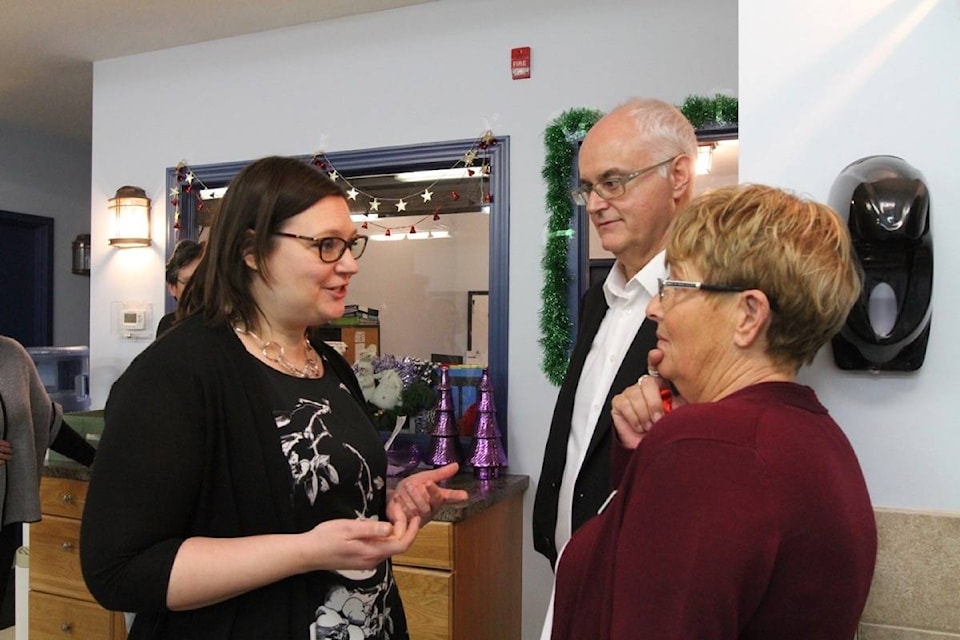A new implant to treat Canadians addicted to opioids may soon be available to Central Albertans.
The implant provides an ongoing, low-dose medication for six months to deal with withdrawal and has the potential to be used for a year when a new implant is placed in the opposite arm.
Physicians must be trained to insert the match-stick sized rods under the skin of the upper arm, each containing the medication buprenorphine. Health Canada approved the implant in April 2018 and so far one patient in the Maritimes has received the implant.
Dr. Michael Mulholland, lead doctor with Safe Harbour Society’s medical detoxification program, said the implant is another weapon in the arsenal to treat opioid addiction, similar to Suboxone and methadone. But the implant provides stability without having to take daily pills, or visit a pharmacy daily or weekly for medication.
“It reduces the risk of them using again, but it also means that they’re able to get to back to some sort of normal life,” Mulholland said.
But don’t expect a revolution, he said.
“This isn’t going to work for everybody. It’s a small subset of people who are going to be needing it. It’s another option.”
He said some people require up to 28 milligrams of Suboxone. To qualify for the implant, the patient can require no more than eight milligrams of medication. The implant also costs about $1,500, but the federal government is suppose to be working on providing coverage.
“We find about half the patients we have coming into the Safe Harbour program aren’t able to access funding for Suboxone.”
Mulholland said depending on their needs, Safe Harbour patients will be referred to doctors who can implant the medication. But right now Safe Harbour is seeing more clients addicted to crystal meth, and there’s no similar treatment for them.
Stacey Carmichael, Turning Point’s executive director, said she has read the implant will be good for people coming out of treatment because their risk of overdose is substantial.
She said part of the reason why people continue to use opioids is because they feel so sick when they stop.
“Relapse with an opioid addiction is quite common. This is another way to try and make sure people are successful in their recovery,” Carmichael said.
Mulholland said ultimately drugs aren’t the problem.
“The use of the drugs are a maladaptive solution to an underlying problem and it’s dealing with those underlying issues that we need to do. But we do know you can’t deal with those underlying issues if you’re dead.”
— With files from The Canadian Press
szielinski@reddeeradvocate.com
Like us on Facebook and follow us on Twitter
